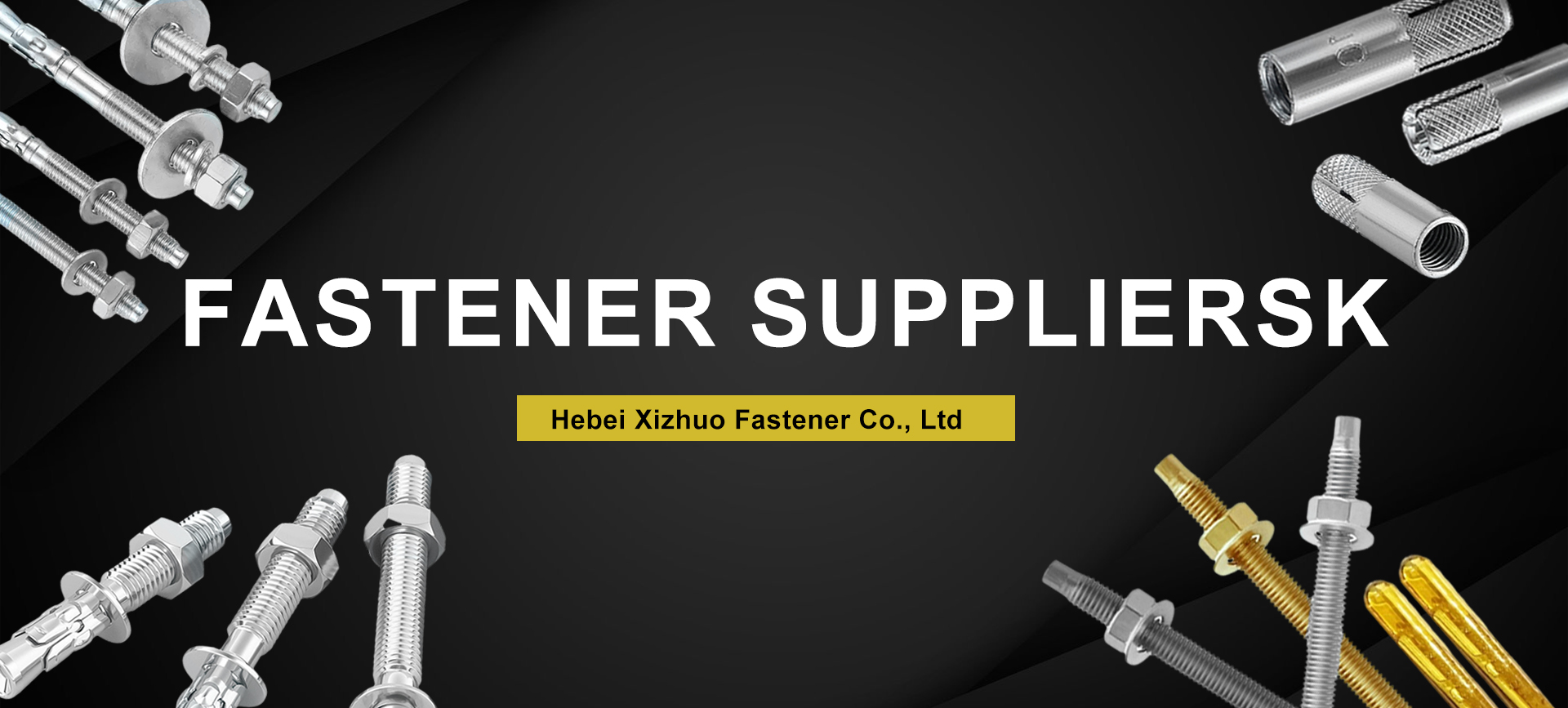resin chemical anchor
Understanding Resin Chemical Anchors An Overview
In the world of construction and engineering, the need for reliable and durable fastening solutions is critical. Among the various options available, resin chemical anchors have gained significant popularity due to their strength, versatility, and ease of use. This article delves into the characteristics, applications, advantages, and installation techniques of resin chemical anchors.
What are Resin Chemical Anchors?
Resin chemical anchors consist of a two-component system, typically involving a resin and a hardener. When mixed, they undergo a chemical reaction that results in a durable bond when injected into pre-drilled holes. They are commonly used to secure elements like bolts, rebar, and various fixtures in concrete, masonry, and even rock.
Characteristics of Resin Chemical Anchors
One of the standout features of resin chemical anchors is their ability to provide high load-bearing capacities. The chemical bond forms a strong adhesion with the substrate, ensuring that the anchored element remains firmly in place. This makes them particularly suitable for applications where traditional mechanical anchors might fail, such as in cracked concrete conditions.
Resin anchors are also resistant to various environmental factors, including moisture, temperature fluctuations, and chemicals. This durability allows them to be used in a wide range of applications, from construction projects exposed to harsh outdoor settings to indoor installations where aesthetics and strength are equally important.
Applications of Resin Chemical Anchors
Resin chemical anchors are used in a plethora of applications across different industries. Some typical uses include
resin chemical anchor

1. Construction They are extensively used for fastening structural elements like steel beams, frames, and supports. 2. Bridge Building Resin anchors are ideal for securing components that require high load capacity due to the dynamic loads bridges must endure. 3. Renovation Projects When anchoring fixtures to existing walls or ceilings, resin anchors are often preferred due to their ability to provide strength without the need for substantial drilling. 4. Electrical and Plumbing Installations They can securely hold fixtures like electrical boxes or plumbing supports, ensuring a strong connection.
Advantages of Using Resin Chemical Anchors
The popularity of resin chemical anchors can be attributed to several advantages
1. High Load Capacity They offer superior performance in terms of load-bearing capabilities compared to conventional mechanical anchors, particularly in weak or cracked substrates. 2. Versatility Suitable for a variety of substrates, including concrete, brick, and natural stone, resin anchors can be adapted to numerous applications. 3. Ease of Use The installation process is straightforward; drilling a hole, cleaning the debris, mixing the components, and injecting the resin simplifies the anchoring process. 4. Aesthetic Flexibility Once installed, the visible parts of the anchor can often be concealed, maintaining the aesthetic appeal of the project. 5. Resistance to Environmental Conditions Their resistance to moisture, chemicals, and temperature extremes makes them ideal for both indoor and outdoor applications.
Installation Techniques
Proper installation is crucial to maximizing the benefits of resin chemical anchors. Here’s a step-by-step guide
1. Select the Right Anchor Choose an anchor suitable for the intended load and substrate. Consider factors like the environment and the expected stresses on the anchor. 2. Drill the Hole Use a suitable drill bit to create a hole in the substrate. The depth and diameter should align with the anchor specifications. 3. Cleaning Process the hole to remove dust and debris, as contaminants can negatively affect the bond. 4. Mixing the Resin Following the manufacturer's instructions, mix the resin and hardener thoroughly to ensure proper curing and strength. 5. Injecting Resin Pour the mixed resin into the hole, then insert the anchor or bolt while ensuring proper alignment. 6. Curing Allow adequate time for the resin to cure before applying load, adhering to the specific guidelines provided by the manufacturer.
Conclusion
Resin chemical anchors play a vital role in modern construction and engineering, providing strong, reliable, and versatile fastening solutions. Their unique properties and advantages make them suitable for diverse applications, from large-scale construction projects to smaller renovations. By understanding how to properly select and install these anchors, professionals can enhance the safety and durability of their projects significantly.
-
Weatherproof Plastic Expansion Anchors for OutdoorNewsJun.06,2025
-
Sustainability in the Supply Chain: Eco-Friendly TEK Screws ProductionNewsJun.06,2025
-
Load-Bearing Capacity of External Insulation FixingsNewsJun.06,2025
-
Double Head Bolts: Enhancing Efficiency in Industrial MachineryNewsJun.06,2025
-
Corrosion Resistance in Chipboard Screws: Coatings for Wholesale DurabilityNewsJun.06,2025
-
Butterfly Toggle Bolts : Enhancing Structural ResilienceNewsJun.06,2025
